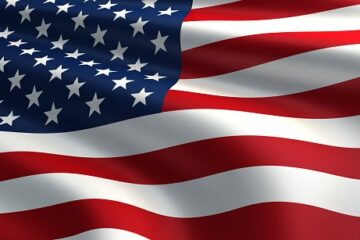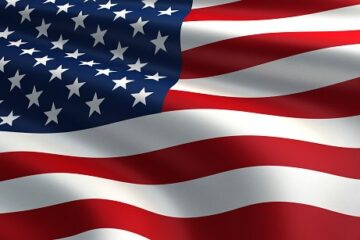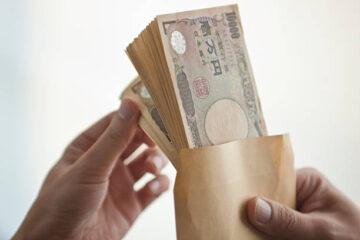Launched in 1967 out of San Antonio, Southwest Airlines (SWCC) is one of the country’s first and oldest airlines to run on the low-cost business model.
It was the airline that first started serving peanuts aboard flights and set off a trend that multiple generations still associate with flying, while its open seating plan is so unique that more than one frustrated flight attendant has said “this is not Southwest!” to travelers sitting in any available seat rather than the one printed on their ticket.
Related: I just flew Spirit for the first time ever — here’s what it was like
But because I grew up on the West Coast of Canada and Southwest does not fly north of the border, I never had a chance to fly with it myself. This changed on a recent return flight between Atlanta and New York’s LaGuardia Airport. And just as I once wrote for low-cost competitor Spirit Airlines (SAVE) , Southwest has a number of differences that become evident before you even get to the airport.
Southwest was founded in 1967.
Shutterstock
Two bags and open seating: These are the features unique to Southwest
Let’s start with the most pleasant: even the cheapest ticket fare comes with two checked bags. At a time when multiple mainstream carriers are both raising luggage prices and cracking down on which fare classes have one included at all, this was something that caused me to do a double-take when I was checking in online and noticed the “two free checked bags” written on the screen. Did I really read that right? Did I accidentally book a more expensive ticket than I intended?
More on travel:
Another National Park just made it more difficult for you to visitDelta Air Lines makes a baggage change that travelers will likeUnited Airlines passenger incident triggers quick response
But no, Southwest’s two-bag luggage policy is known for being one of the industry’s most generous and I checked both a suitcase and a large carryall bag that I had carried aboard on my JetBlue Airways (JBLU) flight to Atlanta. Breezing through security with just the small purse that I carry in the city felt a level of luxurious that overpackers and economy travelers like me so rarely get to experience. Not having to carry half the contents of my life on my shoulder while also pushing along a carry-on to save $60? What a concept.
Southwest travelers line up to board.
Shutterstock
Used to checking in last-minute? With Southwest, this will cost you
Then came the part that is the most unique to Southwest. I got to my gate at Hartsfield-Jackson’s Terminal C early to observe the boarding process. It’s easy to understand why there are so many articles, Reddit posts and instruction videos issued by Southwest itself over how to board: To someone who’s never boarded this way, it can be very confusing since there are numerous signs with numbers like 1-5 or 15-30 for people to line up. Each traveler also has a letter corresponding to a zone.
Those with higher letters and numbers board first and choose from whatever empty seats are available as the cabin begins to fill up. With the exception of those who paid extra for a better fare class or need early boarding due to disability, the zone you get depends on how early you checked in. I checked in just a few hours before the flight and so had a low number: C-09.
As I care more about getting an aisle seat than I do about sitting at the front of the plane, this didn’t matter too much since I was still able to score the former. Every single seat on the plane was filled and so there was none of the “let me secure some extra space by putting my bag on the seat next to me” that often happens on trains and cross-city buses. The back-of-the-plane seat I got was similar to what would have been available to me on an economy ticket with a mainstream airline when checking in 24 hours before the flight after those of higher fare classes.
Once boarding was complete and the plane took off, the differences with other carriers dwindled. Some things were better (a choice of free soft drink which Spirit does not offer and a very large table tray on which I was able to spread out to write this article), while others were worse. Seats did not have a charging outlet which, while fairly common with low-cost carriers, I consider unacceptable in 2024. There is nothing more annoying than landing at your destination with a dying phone.
Related: Here is why one traveler bought every packet of peanuts on her flight
Free texting, no peanuts and a wonderfully uneventful flight: would I do this again?
We had free texting and WhatsApp use and, as the flight was only an hour and 40 minutes long, I did not pay the $8 to have full access to the internet. More and more airlines are increasingly offering full access for free on domestic flights so this is an area where Southwest could step up to be more in line with competitors.
I ate pretzels instead of peanuts (Southwest stopped serving them about five years ago due to the risk for allergies) and sat through some mild turbulence. We flew into my favorite airport in NYC (LaGuardia is sleek from a recent renovation and significantly easier to access from the city by public transit) without any incidents. I did reconsider my thoughts on the back of the plane after the bottleneck that occurred as we were getting off but for the $130 in credit card points I paid for the one-way journey, I’d say I got my money’s worth. I don’t like giving ratings so I’ll end by saying I’d definitely fly with Southwest again if where I need to go lines up with prices and what’s available (despite writing about airlines, I am not a status-builder and usually just go with whatever’s cheapest.)
Related: Veteran fund manager picks favorite stocks for 2024


